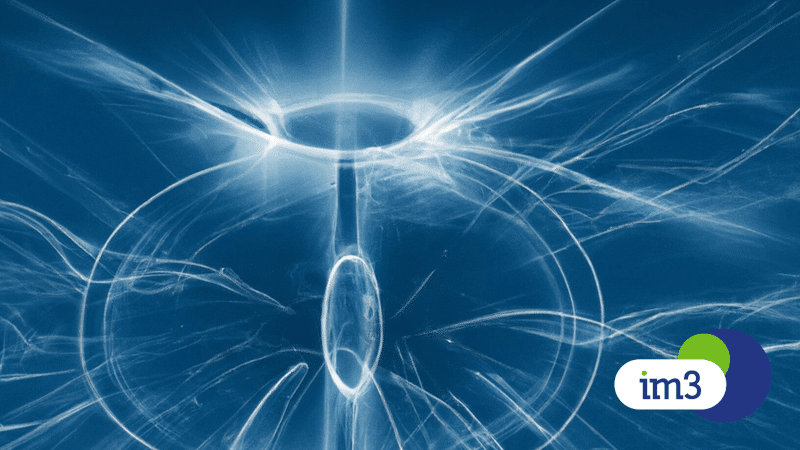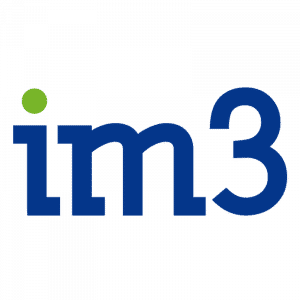24 Apr 165th anniversary of Max Planck
Transition from classical physics to modern physics
Physics is a discipline that studies nature and its fundamental laws, and we can subdivide it into two major stages of knowledge development: classical and modern.
Classical physics comprises advances before the 20th century, including Newtonian mechanics, Maxwell’s electromagnetic formulations, and Carnot and Boltzmann’s thermodynamics.
In 1900, the physicist Max Planck postulated the quantization of energy, that is, that the energy values that particles can have and be transmitted between them must be discrete values, integer multiples of the universal constant h≈ 6.63 × 10-34 J⋅s.
This date symbolically marks the birth of quantum mechanics and the beginning of the era of modern physics, based on the observation of phenomena that classical mechanics was not able to explain, and whose fundamental theories are:
Quantization of the photon energy: Planck’s formula:
- E= hʋ= hc/λ= ħω, where ʋ is the frequency and can be written as ʋ or f.
Standard Model that describes the behaviour of elementary particles and interaction between them, for three types of fields: electromagnetic, weak nuclear and strong nuclear.Formulas:
- L = L_gauge + L_fermion + L_Higgs
- L_gauge = -1/4 Fμν^a F^μν,a for gauge bosons
- L_fermion = Σ_i Ψ_i^†(iγμD_μ – m_i)Ψ_i for fermions
- L_Higgs = (DμΦ)†(DμΦ) – λ(Φ†Φ – v^2/2)^2 for Higgs bosons, where the gauge bosons are the ‘mediating’ particles of the interactions, the fermions are particles of matter, and the Higgs boson is responsible for giving the particles mass.
The theory of Special Relativity, based on two postulates:
-
- The laws of physics are the same for all observers who move at a constant speed between them.
- The speed of light in a vacuum c is constant, and independent of the movement of the observer or the source.
Formulas:
- Time dilation: t’ = t / √ (1 – v2/c2)
- Contraction length: L’ = L * √ (1 – v2/c2)
- Relativistic mass: m = m0 / √ (1 – v2/c2)
- Mass-energy equivalence: E = mc2
- Relativistic energy-momentum equation: E² = (pc)² + (mc²)²
The theory of General Relativity, which describes gravity as the curvature of space-time caused by the presence of mass and energy.Formula:
- Gμν = Rμν – 1/2 gμν R = 8πTμν , where Gμν is the Einstein tensor
Classical physics and modern physics differ in their approach and the theories they use to describe physical phenomena at different scales, with modern physics being more difficult to use, but more accurate. Classical physics is more for the mundane and intuitive, modern physics for the extreme and bizarre, so both have practical applications in technology and our understanding of the universe.


